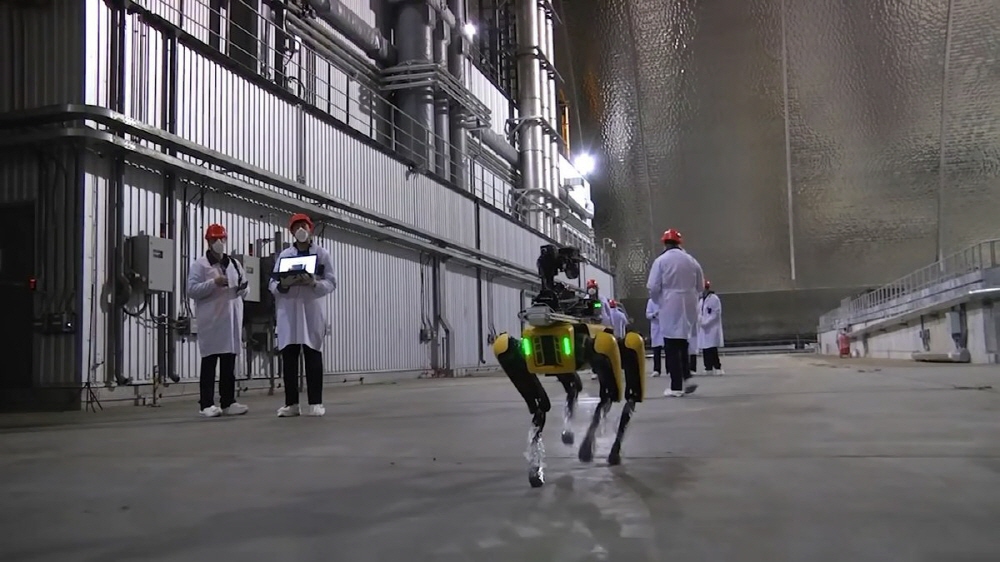
The Chernobyl nuclear power plant accident in 1986 is known as one of the world’s worst nuclear power plant accidents. Even now, there are no-entry areas. It is said that the operation test of the Boston Dynamics quadruped walking robot SPOT was conducted in such a Chernobyl off-limits area.
The pod’s high maneuverability allows it to navigate complex terrain with agility and perform a variety of daily tasks, such as data collection, remotely and automatically. There have also been reports that the police bomb squad is reviewing the spot recruitment, and this year, as the Corona 19 pandemic, various sites are being used, such as being used for remote inspection of infected people.
On October 22 (local time), a research team at the University of Bristol conducted a test of the operation of a robot in an off-limits area in collaboration with a company expert in charge of radioactive waste disposal. Among them are unmanned aerial vehicles and ground robots, as well as the spot of Boston Dynamics.
The goal of the research team is to test a remotely controlled robot in the Chernobyl off-limits area. A test was conducted to perform a remote radiation dose mapping by putting a robot in the no-entry area. Before entering the off-limits area, the spot’s feet were covered with plastic bags. To prevent radiation contamination.
Patrols in off-limits areas designed to promote the spread of radioactive material, influence on nuclear reactors from outside, and dismantle and dismantle the reactor. The researchers tracked the spot movement and made sure there were no problems. When robot measurements such as spots become possible, radiation dose mapping can be automated, so the frequency of people entering and leaving dangerous places is expected to decrease. In addition, the results of this test are expected to improve understanding of the problem and improve technology for solving the problem. Related information can be found here .


